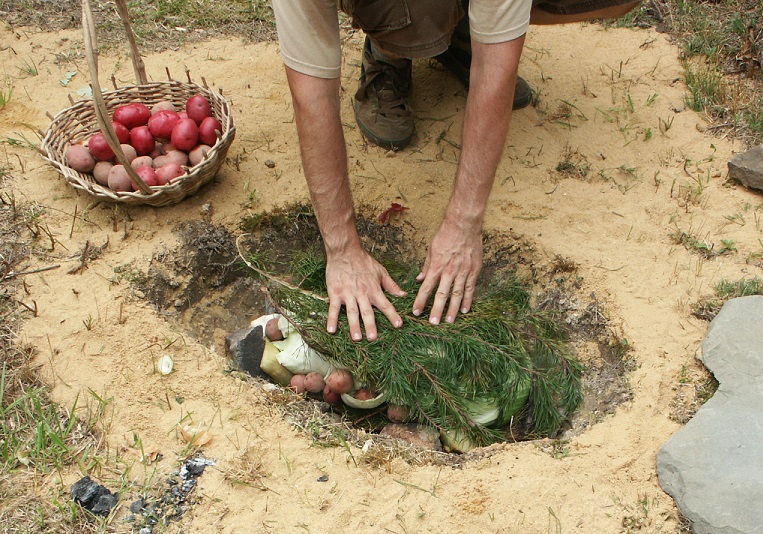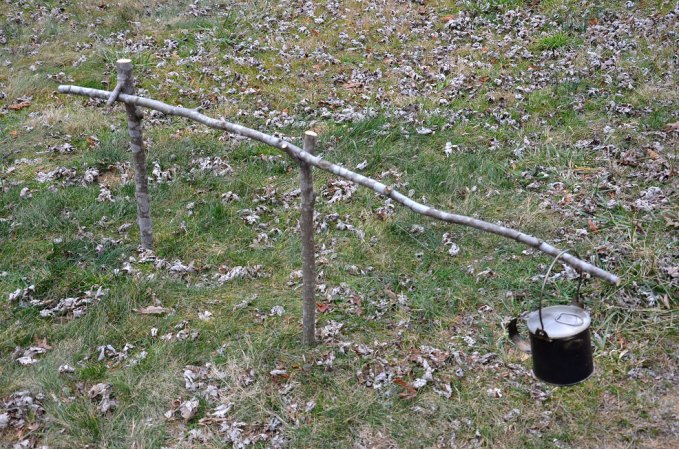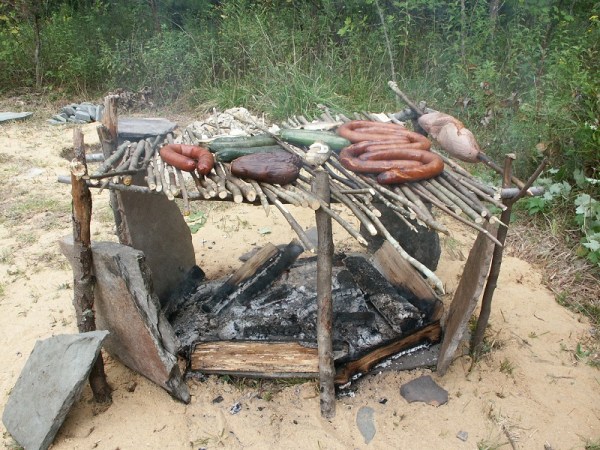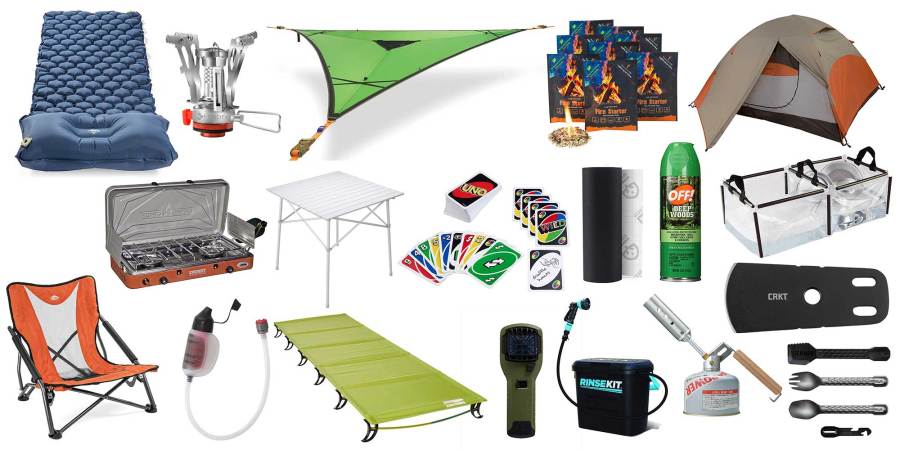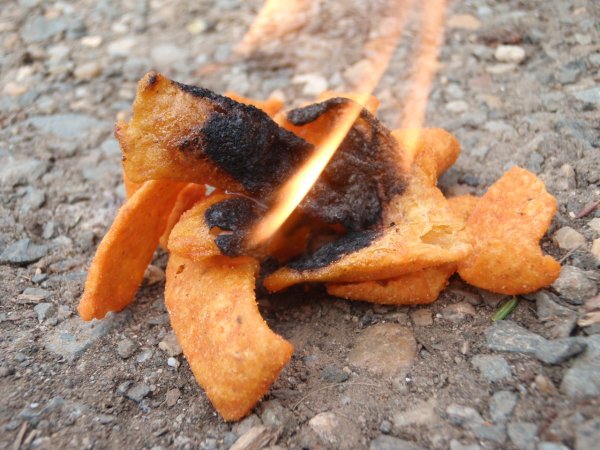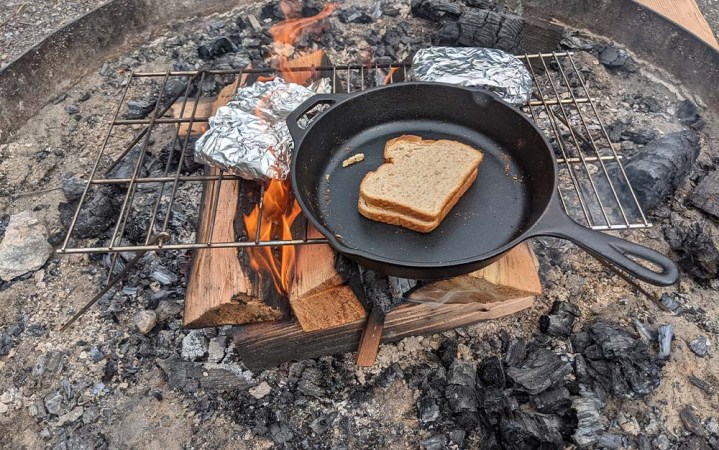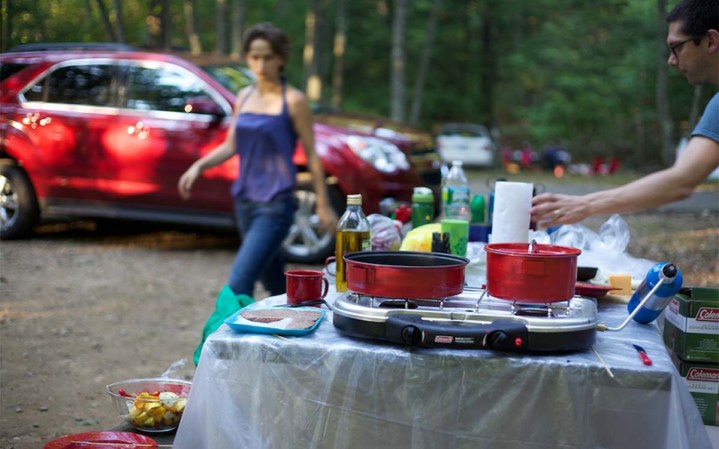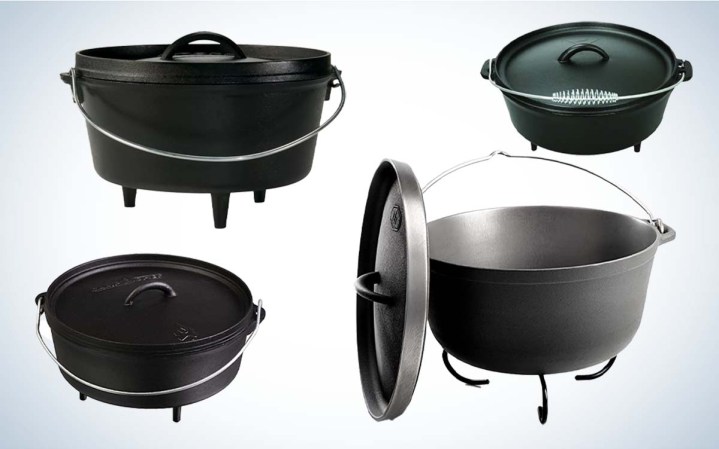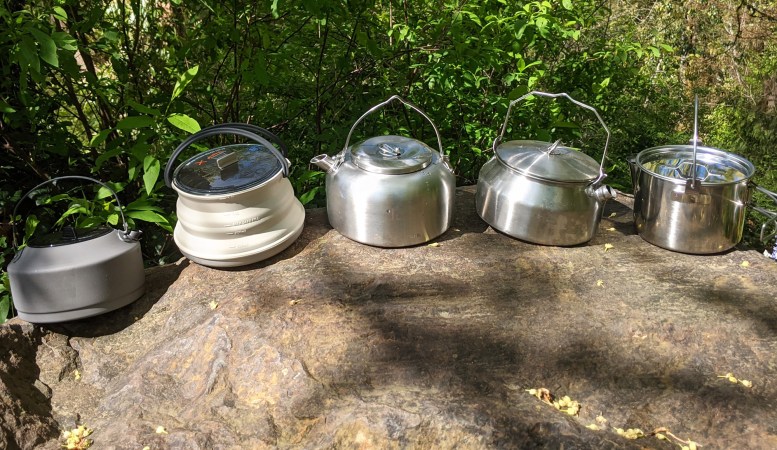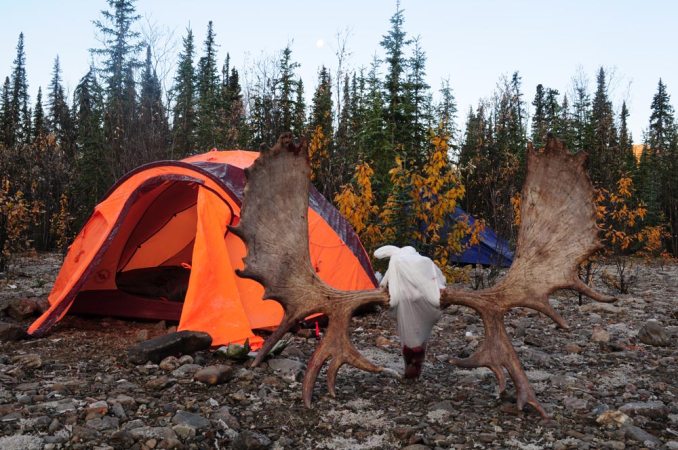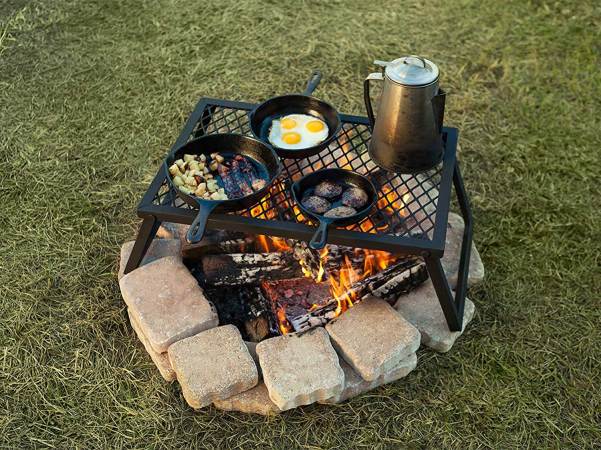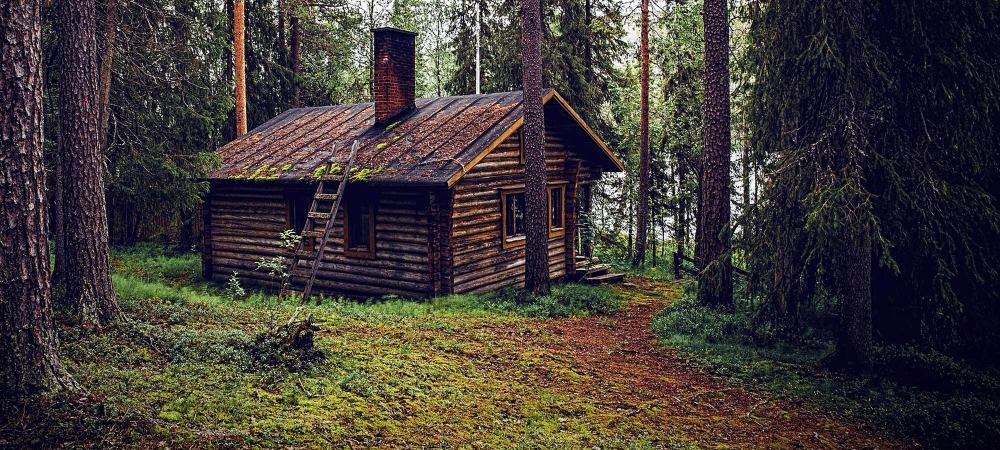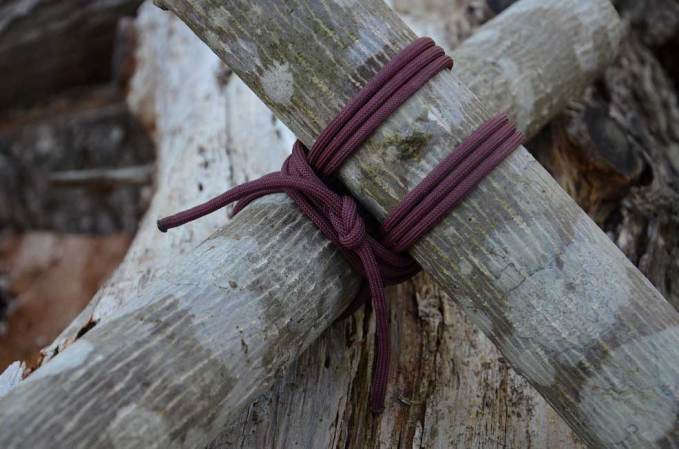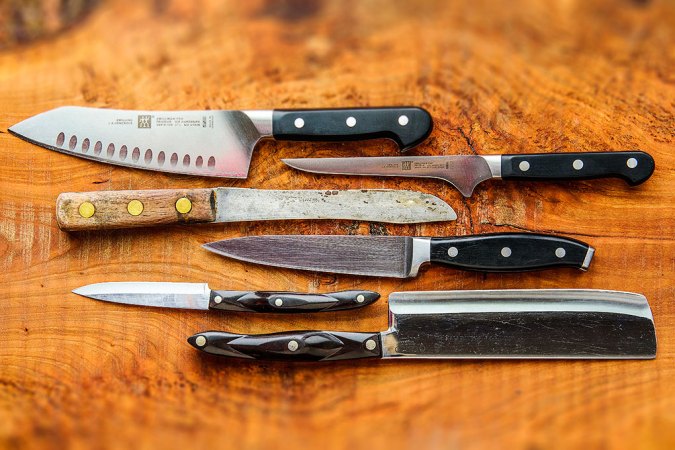We may earn revenue from the products available on this page and participate in affiliate programs. Learn More ›
The steam pit may not sound like an appetizing cooking technique, but wait until you try it. This primitive cooking method makes great tasting food that stays hot for hours. The steam pit is a hole in the ground (or a raised mound) with hot rocks at the bottom. These rocks are covered with dirt or sand, then wrapped food is sandwiched between two layers of green vegetation. This entire pile is covered with dirt and/or tarps to seal in the steam to cook the food. Follow the directions, and enjoy.
1. Digging In The Dirt
Start by digging a pit in the soil. The pit can be any depth and width, and it can be dug in the dirt, clay or sand. The pit can be small or as large as you have rocks and food to fill it with and about 2 feet deep. Any shape will work. Collect a pile of local rocks that are capable of handling a lot of heat. Make sure you have enough to fill the bottom of the pit, and you can even place them in there like a puzzle to see where the stones fit best. You now have a choice now of leaving the stones in the pit and building the fire on top of them or taking the rocks out of the pit and placing them in a big fire. Either way, the stones should be heated for two hours. If you heat the rocks in the pit, you must scoop the remaining wood, charcoal, coals and ash out of the pit when the rocks are hot enough. If you heat the stones outside the pit, use a shovel or a large green wood pole to roll or push the rocks into the pit. You can also gather your green vegetation during the 2 hour rock firing time. Good steam pit vegetation can be green grass, seaweed, pine boughs full of green needles, and any other abundant non-toxic green plant material.
Once the pit has nothing but hot rocks in it, apply about 4 inches of damp soil or sand to insulate the hot stones. Add 8-12 inches of green vegetation, then place your food in a single layer on top of the vegetation. Root vegetables are great when cooked like this, and so is seafood. Wrap tender foods that fall apart (like fish) with large edible leaves (like burdock). Bury the food with your remaining vegetation. Cover it with a tarp and soil, or just plain soil. Come back 3 or more hours later, dig up your food and enjoy. The food will stay hot for several hours.
2. Mound Up a Meal
A bountiful coastal area can supply us with many delectable wild foods. From clams and lobsters, to edible seaweeds and crabs – these tasty foods provide us with great nutrition and the beach provides us with all the necessary materials to cook them. Rather than digging a pit to cook our food at the beach, we can take a page from our ancestor’s cook book and create a steam mound. The beach gives us the food, sand, seaweed and even driftwood for the fire. You’ll just need some rocks gathered from a dry location (not on the beach), and a tarp will help tremendously. Start your traditional “clam bake” by firing your dry rocks for about two hours. While they heat, gather your edibles and some seaweed. If you are familiar with your local species of edible seaweed, include some in your harvest. Otherwise, grab what’s available to surround your food in the mound. Using a stick, roll or slide your hot rocks out of the fire to form hot rock platform. Quickly cover this with several inches of damp sand. Then add a similar thickness of seaweed and place your food on top of the seaweed in one layer. Cover this with another seaweed layer to insulate the mound, and if you have a tarp, drape it over the top to keep the sand from sifting through into your food. As a final layer, heap up sand over the entire mound to seal in the heat and the steam. Allow this mound to cook for at least 2 hours, but 3 hours would be better. When you feel that enough time has passed, carefully start removing the sand from the top of the mound and lift out some of the seaweed. Be careful, this should be very hot. Uncover your food and enjoy it! Tried any of these tricks to cook a meal? Please let us know by leaving a comment.
